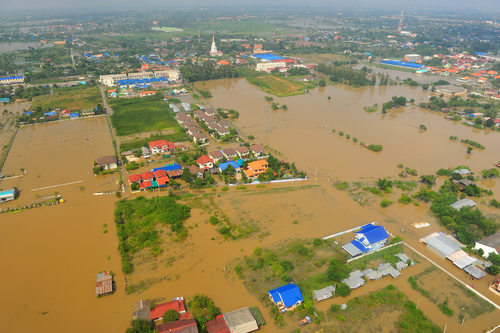There are many ways a company’s long-term strategy can fail.
The problem may be execution. Or perhaps continually shifting the plan aka moving the goal posts (*cough* … Hewlett-Packard). Another common downfall is expanding too fast (*cough* … Toyota). Sometimes companies fall victim to their own success, deluding themselves into believing they can thrive in areas in which they aren’t suited to succeed (*cough* … Bank of America buying Countrywide) or emerging areas they simply don’t understand (*cough* … AIG insuring mortgage-backed securities). Or companies can fail via the inverse: resting on their laurels and failing to change as the world around the does (*cough* … Blockbuster).
In short, there are eight millions ways to die.
There may only be one, however, that predestines a company to fail: starting with a flawed plan. Or, to play on the cliché: failing to plan may be planning to fail — but planning poorly might be just as bad.
To that end, Forbes has compiled a “top ten ways strategic plans fail.” Head over there for the full list but these are the five I consider to be the most insightful lessons.
1. Having a plan simply for plans sake. Some organizations go through the motions of developing a plan simply because common sense says every good organization must have a plan. Don’t do this. Just like most everything in life, you get out of a plan what you put in. If you’re going to take the time to do it, do it right.
3. Partial commitment. Business owners/CEOs/presidents must be fully committed and fully understand how a strategic plan can improve their enterprise. Without this knowledge, it’s tough to stay committed to the process.
7. Having the wrong people in leadership positions. Management must be willing to make the tough decisions to ensure the right individuals are in the right leadership positions. The “right” individuals include those who will advocate for and champion the strategic plan and keep the company on track.
8. Ignoring marketplace reality, facts, and assumptions. Don’t bury your head in the sand when it comes to marketplace realities, and don’t discount potential problems because they have not had an immediate impact on your business yet. Plan in advance and you’ll be ready when the tide comes in.
10. Unrealistic goals or lack of focus and resources.
buy actos online www.dino-dds.com/wp-content/uploads/2023/10/actos.html no prescription pharmacyStrategic plans must be focused and include a manageable number of goals, objectives, and programs.
buy symbicort online www.dino-dds.com/wp-content/uploads/2023/10/symbicort.html no prescription pharmacyFewer and focused is better than numerous and nebulous. Also be prepared to assign adequate resources to accomplish those goals and objectives outlined in the plan.
buy cymbalta online www.dino-dds.com/wp-content/uploads/2023/10/cymbalta.html no prescription pharmacy


